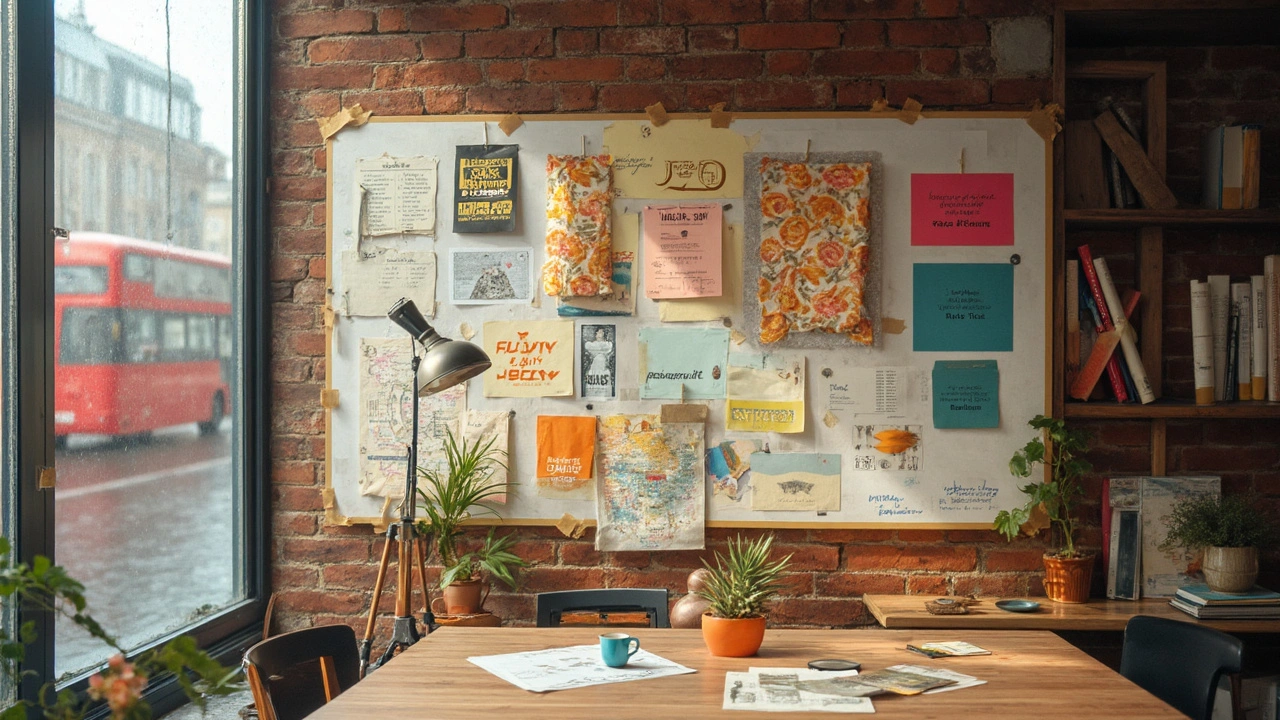Retro Design: How to Bring Vintage Vibes into Modern Spaces
Retro design isn’t just about copying the past – it’s about using the cool stuff from the 1950s, 60s, and 70s to make today feel fresh. Think bright colors, bold patterns, and furniture that looks like it belongs in a classic movie set. If you love the look of a sleek Danish chair or a funky lava lamp, you’re already vibing with retro design.
Core Elements of Retro Design
The first thing to notice is the color palette. Retro colors are loud but balanced – teal, mustard yellow, avocado green, and tangerine often sit together. Pair a teal sofa with a mustard throw pillow and you’ve got an instant mood lift.
Patterns are another hallmark. Geometric shapes, atomic motifs, and large‑scale florals dominate wallpapers and fabrics. When you choose a rug, look for a big‑scale zig‑zag or a starburst design. It creates a visual anchor without overwhelming the room.
Furniture in retro design is all about clean lines and organic curves. Mid‑century modern pieces – low‑profile wooden legs, tapered arms, and tapered backs – work great. If you can’t afford an authentic piece, look for reproductions that capture the same silhouette.
Materials matter too. Think teak, walnut, chrome, and molded plastic. A chrome lamp or a walnut coffee table gives the space an authentic touch. Mixing wood with metal keeps the look balanced and prevents it from feeling too kitschy.
Mixing Retro with Modern
Retro doesn’t have to live in a museum. Pairing a vintage armchair with a contemporary sofa creates a conversation starter. Keep the modern pieces simple – think neutral tones and minimal ornamentation – so the retro items stay the star of the show.
Lighting can bridge the gap. A sleek pendant light over a retro dining table adds a modern feel while respecting the overall vibe. If you love the glow of a classic sputnik chandelier, install it over a modern kitchen island for a playful mix.
Artwork is an easy way to add retro flair without a full renovation. Vintage posters, abstract prints, or old advertising signs bring the era’s energy into a modern setting. Frame them in simple black or white frames to keep the look tidy.
Finally, don’t overdo it. A few retro pieces in a room that’s otherwise contemporary will feel intentional, not forced. Start with one statement item – a sofa, a rug, or a wall art piece – then build around it. As you get comfortable, you can add more layers like patterned cushions or an accent wall.
Retro design is all about having fun with the past while staying practical for today. Use bold colors, iconic furniture, and a mix of materials to create a space that feels alive. With a few thoughtful choices, you’ll get that nostalgic vibe without sacrificing comfort or function.

Revivalism in Graphic Design: Why Nostalgia Works and How to Use It
Why nostalgic design keeps winning, which eras to borrow from, and how to apply them without looking dated. Practical steps, style recipes, pitfalls, and a quick checklist.
Read more